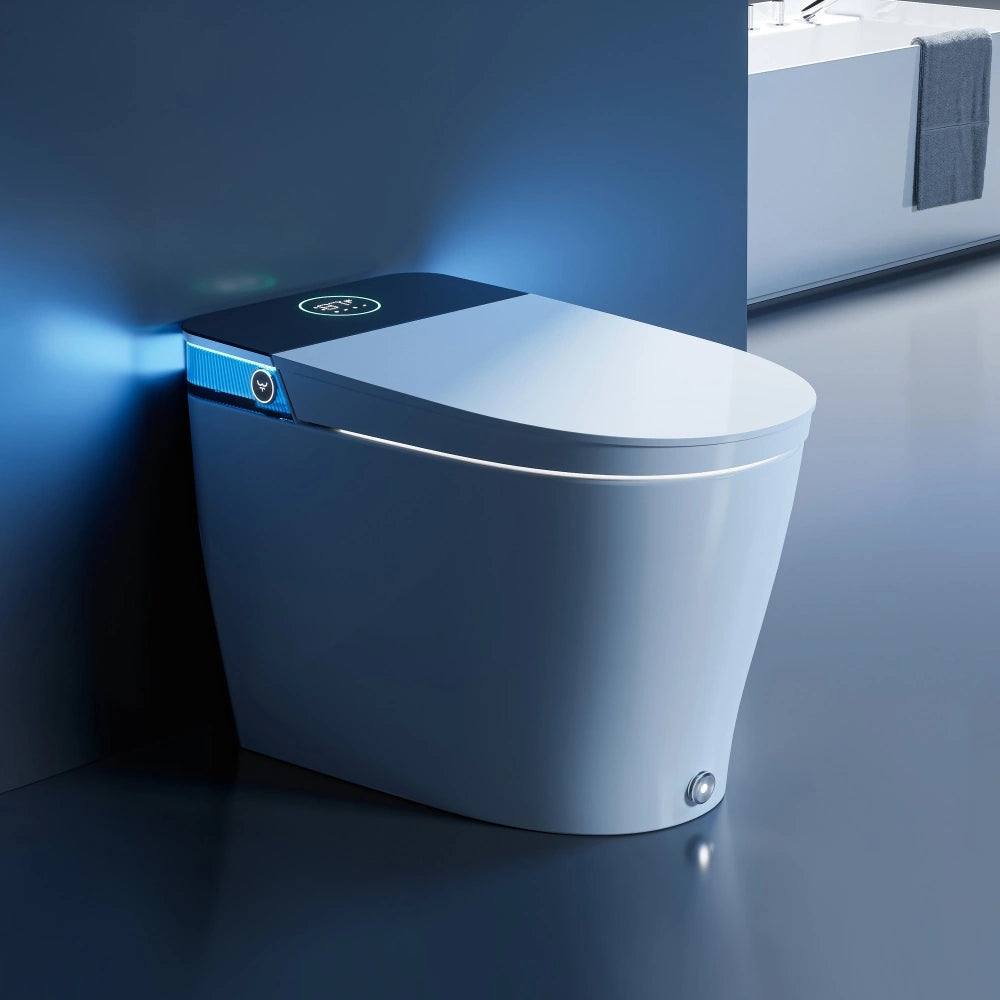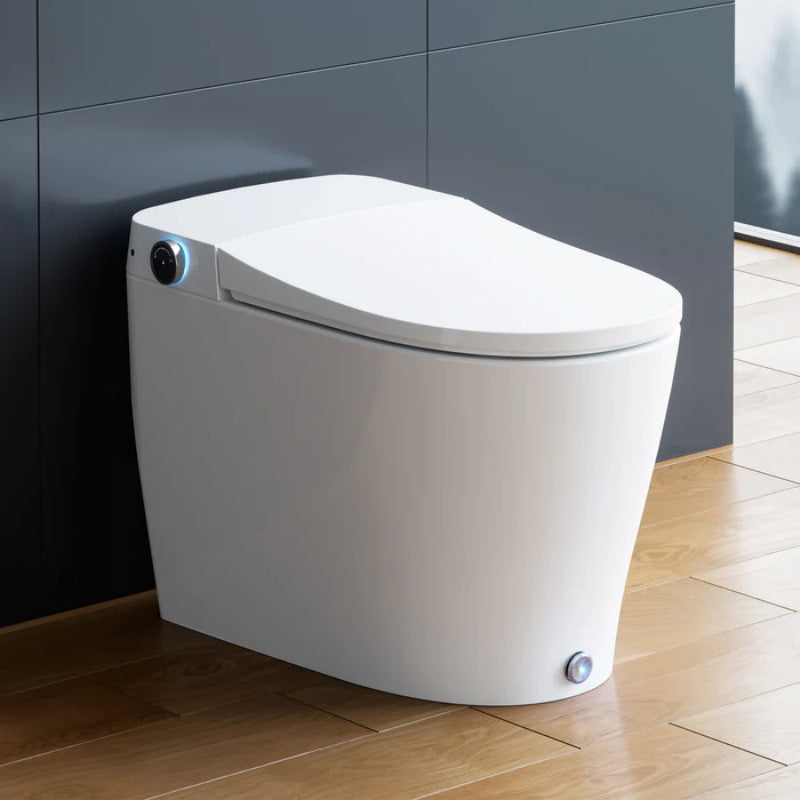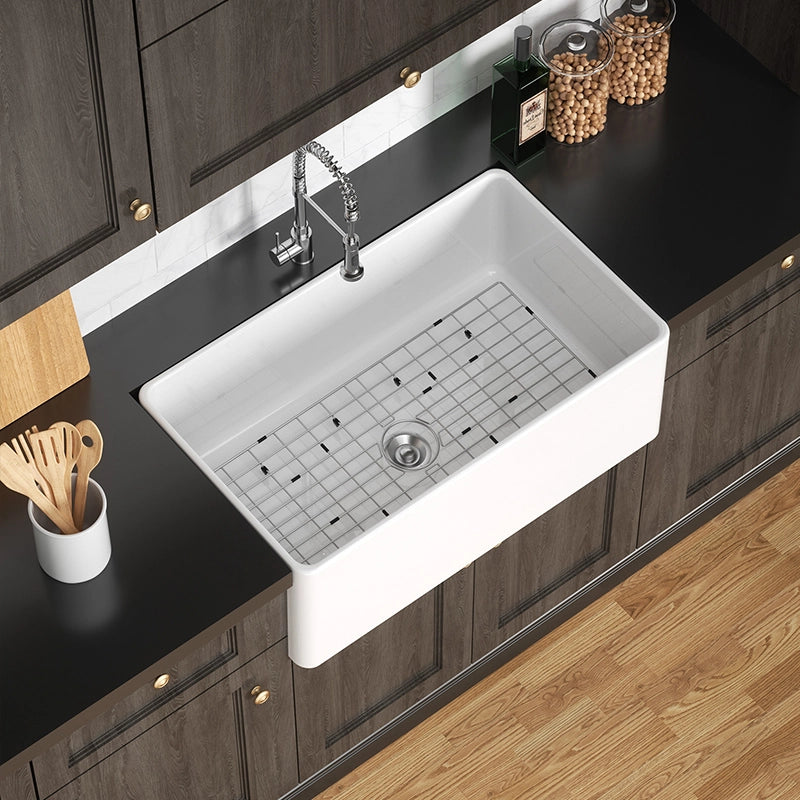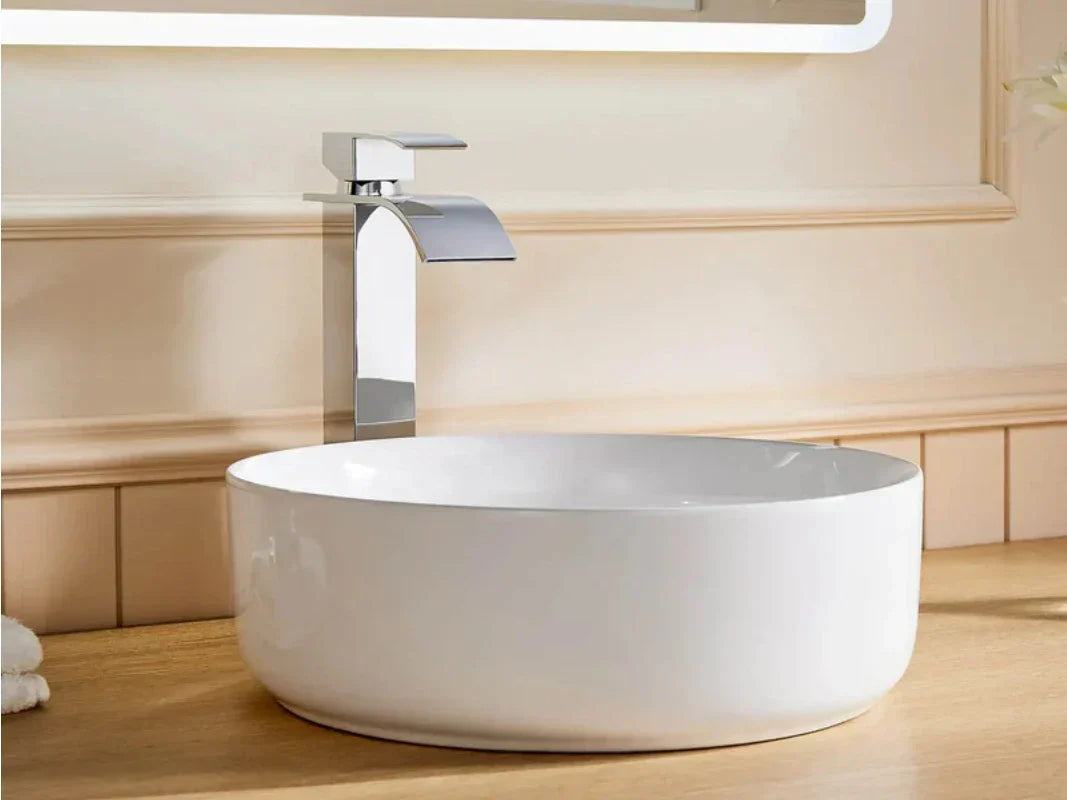Removing a faucet handle should feel simple and safe, not stressful. This step-by-step guide shows you exactly how to remove the handle fast and without damage. You’ll learn how to identify your handle type, pop the index cap, find hidden screws or set screws, and lift a stuck handle without scratching or bending parts. We start with a quick two-minute plan for fast success, then go deeper with detailed walkthroughs for different handle styles, expert troubleshooting for mineral buildup and corrosion, and what to clean and lubricate once the handle is off. You’ll also see brand-neutral tips, finish protection steps, and where to check official manuals and codes. By the end, you’ll confidently remove, service, and reinstall any bathroom or kitchen faucet handle.
Quick-start: The 2-minute game plan
Immediate prep—cover the drain, protect the finish, stabilize the handle
Before you touch the faucet, take 20 seconds for simple prep. Lay a towel over the drain so tiny screws don’t disappear. Add painter’s tape around metal edges to protect the finish. Hold the handle steady while you work, so you don’t turn the water on by mistake. These small steps prevent chips, scratches, and drops.
Find and access fastener—index cap vs side set-screw (Allen/hex)
Most handles use either a top screw hidden under a small “index cap” or a side/back set screw. Look at the top for a coin-sized cap; gently pry the edge with a thin flathead or your fingernail. If no cap, scan the back and underside for a tiny hole—that’s a set screw that uses an Allen (hex) key. Shine a flashlight at an angle to spot it. Pick the correct screwdriver or hex key that fits snugly.
Loosen, lift, and free the handle—wiggle or use a handle puller if stuck
Turn the screw counterclockwise to loosen. Hold the handle as you remove the screw, then lift the handle straight up. If it resists, don’t force it. Apply a small amount of white vinegar at the joint to break mineral crust, wait a few minutes, then wiggle up again. Still stuck? A handle puller removes it cleanly without prying on the valve body.
Quick stats & tools
- Time: 5–15 minutes for most; up to 30+ minutes if there’s heavy mineral buildup
- Tools: flathead and Phillips screwdriver, Allen keys (common sizes are 3/32" and 1/8"), handle puller, microfiber towel
- Helpful extras: white vinegar, silicone grease, nylon brush, penetrating oil
Tools & preparation checklist for faucet handle removal
Core toolkit for most bathroom and kitchen faucets
For a smooth job, have a small flathead and a Phillips screwdriver, a set of Allen keys (again, 3/32" and 1/8" are common for set screws), and a microfiber towel. An adjustable wrench helps if you need to remove trim nuts, and a small flashlight reveals hidden fasteners. If you do a lot of home repair, a handle puller is worth it for zero-damage removal.

Helpful extras: penetrating oil vs vinegar, silicone grease, nylon brush
Use white vinegar when you see white crust or chalky buildup. That’s mineral scale from hard water (see from U.S. Geological Survey). Vinegar dissolves it and is gentle on finishes when used carefully. Reach for penetrating oil when corrosion locks metal-to-metal parts, like a rusted screw. Apply it sparingly and shield the faucet finish with a towel. During reassembly, use silicone grease on O-rings and splines only. A soft nylon brush helps you clean threads and mineral film without scratching.
Water shutoff guidance—when you must close the valves
You usually do not need to turn off water to remove the handle. If you’re going deeper—like pulling the cartridge, stem, or ball assembly—shut off the hot and cold valves first (IPC, 2021). If you bump the valve open while the handle is off, you can get a surprise spray. So keep a steady grip and work with care.
Identify your handle type and fastening method
Handle styles: knob, lever, single-handle, two-handle, joystick
Look at the handle shape first. Knob-style handles often have a top cap that hides a screw. Lever handles may have a side or back set screw. Single-handle faucet controls (kitchen and bath) often use a cap on top or a hidden set screw, while two-handle bathroom faucets tend to use a top cap with a Phillips screw. Joystick-style handles can hide a set screw under the handle or behind trim. You don’t need to know the inner valve for basic removal, but terms like cartridge faucet, ceramic disc, and ball faucet help later if you plan to service the control.
Fastener locations: top index cap, side/back set screw, under-handle screws
Fasteners hide in plain sight. If you see a decorative cap on top, you likely have a Phillips screw beneath it. If not, check the side and back for a tiny hole—the set screw sits inside and needs an Allen key. Some handles hide screws under the handle hub; a small mirror under the handle helps you find them. A flashlight, angled across the handle, makes shadows that reveal edges and holes you’d miss.
Comparison table: screw heads, Allen sizes, removal direction, typical risks
| Screw type | Common size | Where found | Removal direction | Risk of stripping |
|---|---|---|---|---|
| Phillips machine screw | #1–#2 driver | Under top index cap | Counterclockwise to loosen | Medium if driver slips |
| Allen/hex set screw | 3/32", 1/8", sometimes 2.5 mm | Side/back of lever or underside | Counterclockwise to loosen | High if wrong key size |
| Flathead screw | Small blade | Older knobs or decorative caps | Counterclockwise to loosen | Medium; blade can slip |
| Torx (rare) | T10–T15 | Specialty handles | Counterclockwise to loosen | Low if proper bit used |
Tip: Always seat the tool fully and keep it straight. A loose fit rounds fasteners fast.
Step-by-step: how to remove faucet handle
Standard cap-and-screw removal (most bathroom/kitchen faucets)
Start by covering the drain. Gently pry the top cap with a thin flathead at one point, then rotate and lift so you don’t mark the finish. Under the cap, you’ll see a Phillips screw. Hold the handle steady and turn the screw counterclockwise. Keep the screw and cap in a small cup. Lift the handle straight up. If it sticks, add a drop of vinegar around the joint, wait a few minutes, then wiggle straight up while pulling. Avoid twisting the handle hard—twist can stress the cartridge or stem.

Side set-screw handles (Allen/hex)—avoid rounding and finish damage
Shine a light at the back or underside of the handle. Insert the correct Allen key so it seats fully. If you’re unsure, test a size up or down until it’s snug with no wiggle. Turn counterclockwise while keeping the key in line with the screw. If it resists, don’t force it. Tap the short leg of the key lightly with your finger to break the bond. A tiny drop of penetrating oil (protect the finish) can help. Once the set screw loosens, pull the handle straight off. Don’t pry the lever against the valve—use hand pressure or a handle puller.
Specialty cases: widespread, single-handle cartridges, shower/tub valves
Widespread sink faucets may hide trim collars or small screws under a decorative skirt. Lift the skirt by hand if it’s loose, or twist a trim ring counterclockwise by hand to reveal the fastener. Single-handle kitchen and bath controls often have a top cap—remove it to access a screw and sometimes a small retaining clip. Shower/tub valves vary; many use a cap-and-screw handle plus a trim plate. When trim is thin, don’t pry against it. If you plan to service the cartridge or stem after removing the handle, shut off water first, then note any clips or retaining nuts.
Troubleshooting stuck or spinning handles
Mineral buildup and corrosion—vinegar soak, heat, and handle pullers
Hard water leaves white crust that locks the handle hub to the stem. Vinegar is your friend here. Soak a small cloth with vinegar and wrap it around the joint for 20–30 minutes. For heavy scale, re-wet the cloth for a few hours. After the soak, wiggle the handle straight up. If it still won’t budge, a handle puller applies even, centered pressure without scarring the finish or bending parts. Light heat can help on metal-only areas: warm gently with a hair dryer for 20–30 seconds to expand the handle hub, then try again. Avoid heating thin trim, plastics, or any area with seals.
Stripped or frozen screws—extraction bits, penetrating oil timing, torque control
Stripped set screws usually come from the wrong Allen size or a worn key. Try a fresh, exact-fitting key and push inward as you turn. If the head is rounded, use a small extractor bit sized to the hole, or a left-handed drill bit to bite in reverse. For frozen screws, add a drop of penetrating oil and let it soak 10–15 minutes. Tap the driver lightly to shock the threads. Keep torque in line with the screw—angled force causes slips and finish damage.
Handle spins but won’t lift—seized stem/cartridge, safe leverage points
A handle that spins freely may have a worn set screw or rounded splines. First re-seat and tighten the set screw. If the handle still won’t lift, scale may glue the hub to the stem. Support the hub from below with your fingers or a block wrapped in cloth and pull straight up. Do not twist the stem or cartridge. If the stem moves with the handle, shut off water and consider pulling the cartridge or stem for cleaning or replacement.

Case data and tips
Most handle removals take under 10 minutes with common tools. Stuck handles with hard scale may take 30 minutes or more because the soak needs time. DIYers often report best results with vinegar first, a snug hex key second, and a handle puller to finish stubborn jobs without damage.
Safety protocols, finish protection, and contingency plans
Protecting cartridges, stems, and escutcheons from leverage damage
Your valve parts sit right under the handle. Pull straight up to prevent side load on the stem. Never pry against a thin escutcheon (trim plate). If you need leverage, use a handle puller or soft jaw pliers with a microfiber wrap on the handle hub, not on the trim. Keep tools aligned so you don’t chew screw heads or scratch chrome, nickel, bronze, or matte finishes.
If the decorative cap cracks or the screw snaps—next steps
Caps can get brittle. If a cap cracks, you can usually replace it with a universal index button or a matching style from the same line. If a screw snaps, you’ll need extraction. Use a center punch to mark the broken stub, drill a small pilot, and back it out with a screw extractor. If the stub is deep in the stem and won’t move, you may replace the stem or cartridge assembly. Take clear photos before you remove more parts so reassembly is easy.
When to stop and call a plumber—time, risk, and cost benchmarks
Stop if parts crumble, the set screw is inaccessible or fused after several careful attempts, or if you can’t avoid prying against delicate trim. Also stop if water starts leaking from the valve body when you move the handle. A pro has specialized pullers, extractor sets, and can replace worn stems or cartridges quickly. If you’ve spent an hour and risk is rising, making the call can save the faucet—and the finish.
Post-removal inspection and service
What to inspect: valve stem, cartridge, O-rings, packing nut, rust or pitting
With the handle off, take a close look. Check the stem or cartridge splines for wear. Look for cracked O-rings, flattened seals, or rust. If you see green or brown stains, that points to corrosion. A loose packing nut (the small nut around the stem) can cause a drip at the handle; a gentle snug with a wrench often fixes it. If you find heavy wear or split seals, plan a cartridge or stem replacement. This is also the moment to address that slow drip you’ve been ignoring.

Deep clean: vinegar/lemon bath, nylon brushing, finish-safe methods
Soak any mineral-stained parts (not rubber seals) in white vinegar or lemon juice for 20–30 minutes, then brush with nylon. Keep acids away from natural stone countertops and rinse parts well after soaking. If you use penetrating oil to free metal parts, keep it off rubber components and finishes. Wipe everything clean before reassembly.
Lubrication and reassembly prep—silicone grease only
Use silicone faucet grease on O-rings and the handle’s contact points. A tiny smear on the stem splines helps the handle slide and prevents future sticking. Avoid petroleum products—they can swell rubber and shorten seal life. Hand-tighten screws first, then give a small snug. Overtightening deforms parts and makes the next removal harder.
Reinstall, test, and prevent future sticking
Reassembly order and alignment—correct screw torque and cap seating
Slide the handle onto the stem with the faucet in the “off” position. Make sure splines mesh fully. Insert the set screw or top screw and tighten until snug—no need for excessive force. Press the decorative cap back in place flush with the surface. If the cap is loose, a tiny bit of plumber’s tape around its edge can help it seat better.
Functional tests—smooth turn, leak check, temperature/anti-scald
Turn the handle on and off several times. It should move smoothly with no wobble. Check around the handle hub and under the sink for any leaks. Confirm hot/cold orientation is correct. If the handle feels tight or gritty, remove it and add a touch more silicone grease to the contact points.
Preventive care—descaling schedule, water softening, routine lubrication
In hard water areas, wipe the faucet dry after use and descale the handle base every few months with a quick vinegar wipe. A tiny dab of silicone grease on splines once a year keeps faucet handle removal easy. If scale builds fast in your home, consider a point-of-entry softener or point-of-use treatment. Regular maintenance means the next time you need to remove the handle, it takes two minutes—not thirty.
Common mistakes and pro tips (save time, avoid damage)
Skipping the drain cover, wrong Allen size, over-torque on escutcheons
The fastest way to stall a job is losing a set screw down the drain. Cover it first. Using the wrong hex key rounds the set screw—always test for a snug fit before you turn. Over-tightening trim rings or escutcheons bends thin metal and can crack finishes. If you scuff a finish, gentle polishing with a non-abrasive compound can hide small marks, but deep scratches are hard to fix.

Misdiagnosing stuck vs seized—when vinegar beats force
If the handle won’t lift and you see white crust, it’s mineral scale. Force won’t beat chemistry—soak with vinegar first. If the fastener is the problem (rusted or frozen), use penetrating oil instead. A smart sequence saves time: soak → wiggle → handle puller → extract only if needed.
Pro plumber insights—handle pullers, heat application, and brand quirks
Pros favor handle pullers because they apply straight, even force and don’t harm finishes. Heat helps but only when used lightly and away from seals. Some handles hide set screws in odd spots—always check the underside of the lever and behind the hub with a flashlight. Take photos as you go so reassembly is simple.
Natural language answers to common search intents
If you searched “how to remove faucet handle without screws,” you probably don’t see an obvious fastener. In many cases, the screw hides under a small top cap, or a set screw sits in a tiny hole on the side or back of the handle. A flashlight makes it clear. Pry the cap gently or insert a snug Allen key into the set-screw hole, then turn counterclockwise.
If you typed “how to remove handle from bathroom faucet” or “how to remove the faucet handle,” you likely have a classic cap-and-screw setup. Protect the drain, lift the top cap, hold the handle, and remove the Phillips screw. Lift the handle straight up. If you’re facing heavy scale, a vinegar wrap will free it.
If your goal is “faucet handles replacement,” this guide still applies. Removing the old handle without damage lets you measure spline size, screw type, and stem length, so your replacement fits right. Take photos and keep screws organized.
If you need to “unscrew faucet handle” or “how to remove sink faucet” parts, stick with simple rules: counterclockwise to loosen, straight pull to remove, and gentle chemistry (vinegar) beats force when scale is present. Use a handle puller before you pry. That’s how home repair pros avoid damage.
Final thoughts
Handle removal is a small job with big impact. It lets you fix a drip, restore smooth turning, and make future faucet handle service easy. The key is simple prep, the right tool fit, and patience when scale or corrosion shows up. If you pause when risk rises, and switch from force to a puller or soak, you’ll avoid damage and move ahead with confidence.
FAQs
1. Why won’t my faucet handle come off?
When learning how to remove faucet handle, most people find mineral buildup has glued the handle to the stem. To ease removal, soak the joint with vinegar for 20–30 minutes. If corrosion affects the screw, use penetrating oil. A professional expert who specializes in faucet mechanics recommends using a handle puller to prevent damage and ensure quality results. Understanding the internal parts makes future removal easier and more secure.
2. Which direction to unscrew a faucet?
When you remove the faucet handle, always turn screws counterclockwise to loosen. This applies to both single and double-handle faucets. To prevent damage, keep your grip secure and tool aligned. Reverse threads are rare, so if resistance feels wrong, stop and consult a professional. Knowing how to remove faucet handle correctly improves your understanding of faucet mechanics and ensures smoother, safer future removal.
3. How to unscrew a stuck sink faucet handle screw?
If the screw won’t budge, locate the right driver and push firmly while keeping it straight. Add penetrating oil and wait 10–15 minutes before turning. Using the wrong Allen key can strip the head. For stubborn cases, a professional expert who specializes in plumbing can safely extract it. Mastering how to remove faucet handle means working with patience and precision to prevent damage and ensure quality results for future removal.
4. How do you loosen the nut under the sink faucet?
To remove the faucet handle assembly completely, you may need to reach the mounting nut beneath the sink. Use a basin wrench to locate and loosen it counterclockwise. Always secure nearby supply lines to prevent damage. If it’s corroded, apply penetrating oil and wait before turning. For complex single-handle models, consult an expert who specializes in faucet mechanics for quality and safe future removal. Understanding how to remove faucet handle properly saves effort and avoids costly errors.








Leave a comment
This site is protected by hCaptcha and the hCaptcha Privacy Policy and Terms of Service apply.